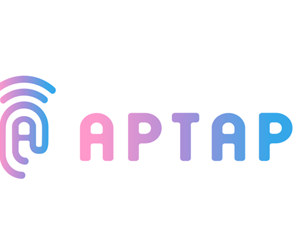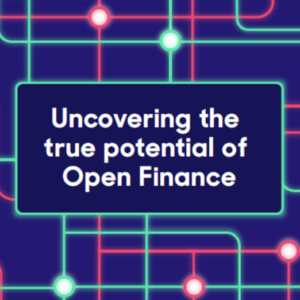Fintech Feature – ApTap
ApTap leverages open banking to algorithmically identify and categorise bills leaving a customer’s bank account, allowing users to track and monitor regular payments. ApTap then offers suitable alternatives with the goal of saving the customer money; the average energy bill savings across ApTap users was £187 in 2020.
We spoke to ApTap CCO, Will Billingsley, to get some insight into how ApTap is bringing open finance and financial institutions together.
How did ApTap get to where you are now, what is your approach?
We started ApTap off the back of learning about the concept of open banking. As a trio of science students, we have always been quite hypothesis based in our approach, and as we were hashing through ideas, we landed on this concept of linking people’s spending to their carbon footprint.
When ApTap started, open banking data was not very robust; we were struggling to give customers very actionable insights. We pivoted, and decided to home in on recurring expenses and the consequent actions you can take. That really is ApTap in a nutshell, we package up bill management and offer our tools to banking users to help them get to grips with their finances, and we want to offer clarity and control to our customers.
Initially we approached ApTap’s solution from a more digital perspective, utilising algorithms and AI to build the customer profile. As we develop, we want to branch out from that, giving the customer more control over their preferences; be this a quick question here or there, or adding more positive touchpoints throughout. Either way, we are taking quite an iterative approach.
What is ApTap’s stance on independence from paid advertisements and other biases?
The baseline for us is being as non-biased as we can, and the only way we will ever suggest services to you is based on the profile we build. This is something we are very headstrong on. The better we match a customer to a deal the more likely they are to convert, and the more likely they are to come back to our service.
Generally, with the affiliate model, the supplier gets left out of the discussion, but what we want to do is bring the supplier back in to the conversation; we want our customers to switch to their best suited supplier and to stay there without hopping between suppliers.
How is ApTap balancing priorities between focusing on the userbase and focusing on partnerships with financial institutions?
Customer experience really is the big one for us, and there are certain key metrics we are trying to watch with our business. We have recently announced a collaboration with TSB bank which is a huge piece of validation, but now we have 5 million customers we need to stand up in front of to prove ourselves. We need to show we can get them switching; anything else is secondary to ApTap right now.
That being said, sales is a non-stop project and we’re slowly working to add partners as we get more confident in how we support our clients.
What would be your advice to new fintech start-ups on how to make progress with larger financial institutions?
One of the main things is ensuring you have good structure; it is easy to underestimate the number of processes and procedures that need to be in place to work comfortably with a large financial institution. It really helps if you work with a company who want to engage with an early-stage start-up and want to prove that you can bring something to market together.
Diligence and attention to detail is all the larger institutions will ask from you. Mapping where you currently are on your journey and where you would like to be, and understanding the challenges you may have to get to that point, allows you to plot a path that works for both of you.
When working with TSB we had two big things that come to mind. Accessibility was the first. With a big brand and vulnerable customers your product really must be accessible by all; for example, that might mean compliance in offering a variety of font sizes or colours. The second would be the necessity of certain policies like an environmental policy. The key here is once again to map these things out and be clear with the institution you are working with on what steps you plan on taking.
How are you looking outside of financial services to be able to offer more on your platform?
We are now in quite a good position to be able to do this. We have lived and experienced open banking and its transition, and we can now offer companies like the utility and telecom companies the opportunity to open up their customer’s personal data in a way that is not only secure for both the customer and the business, but also adds value to the company.
A lot of the pushback on open banking has been large institutions saying, “we’ve got loads of data on millions of customers, why should we share that?”, but now we can help them see the benefits of it. We are now having lots of positive talks with more and more senior members who are beginning to see that open finance is the direction their industry is heading in.
Final Thoughts
ApTap have ridden the open banking wave as it transitions from a passing idea to an influential part of the financial services industry, challenging the status quo and taking advantage of the wealth of available data.
The key next steps for ApTap align with those of a lot of similarly placed fintech companies: growing their userbase and user experience, while trying to enlighten incumbent institutions of the benefits open finance has to offer both their consumers and their business.
Woodhurst is launching an Open Finance community in August that will bring firms like ApTap together to push their agenda forward. If you are a founder of a fintech in the Open Finance space and want to find out more information about our Open Finance community, please register your interest here.






